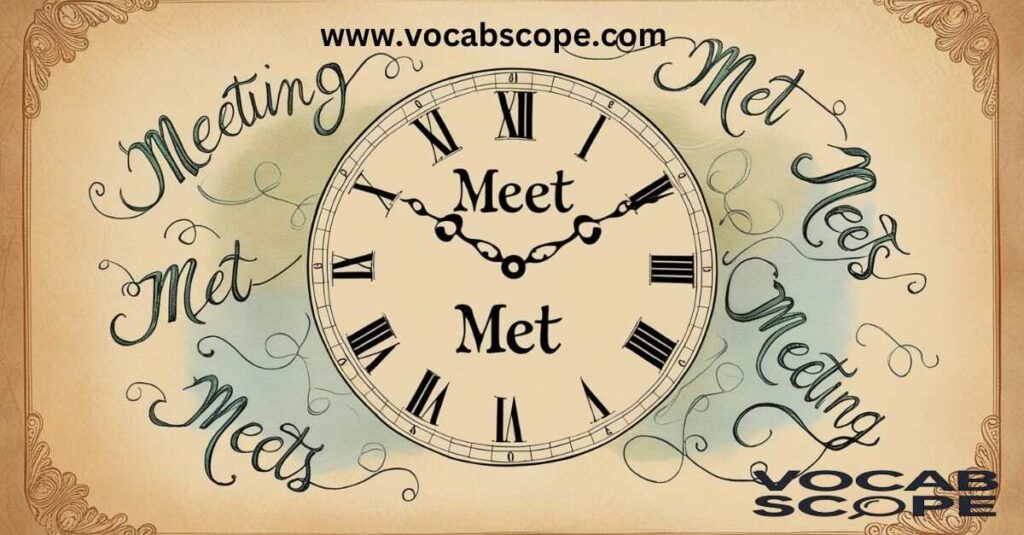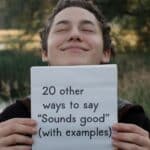Understanding the past tense of meet is essential for mastering English grammar. English grammar can be tricky, especially when it comes to irregular verbs. In this comprehensive guide, we’ll dive deep into the world of “meet” and its past tense form, “met.”
We’ll explore everything from pronunciation to usage, origins, and even some helpful synonyms. So, let’s get started and unravel the mysteries of this common yet often confusing verb!
This article will explore the verb meet, its past tense met, and how to use them effectively in everyday conversations. By the end, you’ll have a deeper understanding of these verbs and how to choose the right one in various contexts.
How to Pronounce the Past Tense of “Meet” i.e. “Met”
Pronouncing the past tense of meet, which is met, can be tricky for some learners. Here’s a quick guide to help you master the pronunciation.
Phonetics Breakdown
- Meet is pronounced as /miːt/, featuring a long vowel sound like “ee” in “see.”
- Met is pronounced as /mɛt/, which has a short vowel sound, similar to “e” in “set.”
Tips for Pronunciation
- Vowel Sound: Focus on the difference in vowel length. The ee in meet is stretched out, while the e in met is quick and crisp.
- Practice with Minimal Pairs: Use pairs of words to practice the difference:
- Meet vs. Met
- Seat vs. Set
- Beat vs. Bet
Example Sentences
To get comfortable with pronunciation, try saying these sentences out loud:
- “I meet my friends at the park every Saturday.”
- “Yesterday, I met my old schoolmate at a café.”
What does the Word “Meet” Mean?
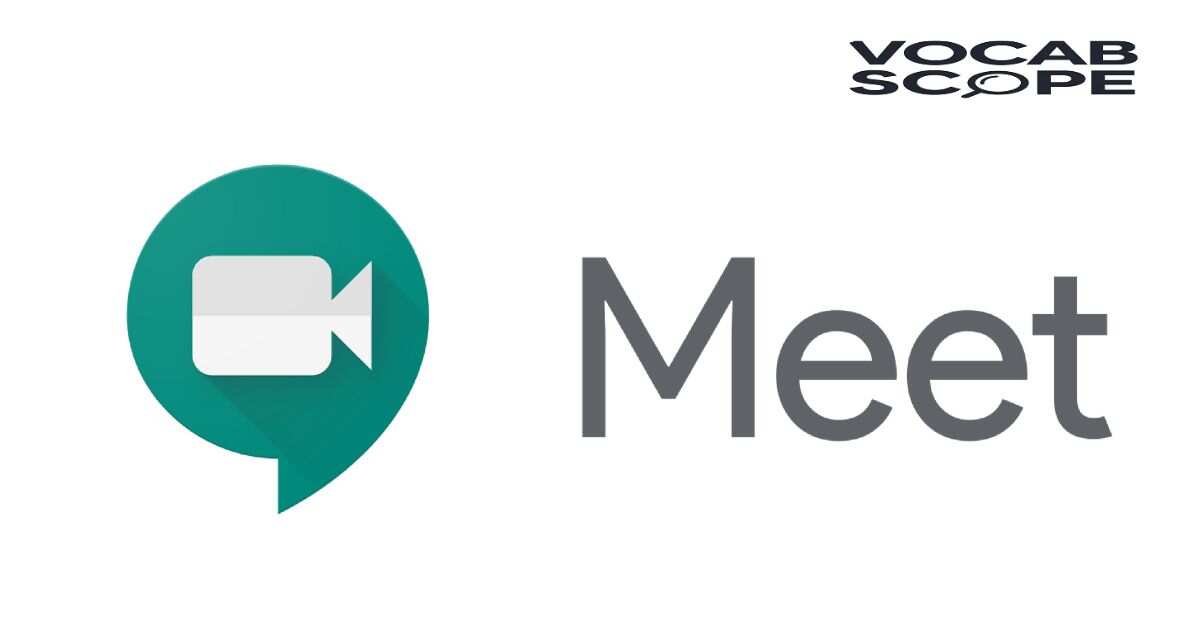
At its core, “meet” is a versatile verb that generally means to come into contact or encounter someone or something. However, it has several nuanced meanings depending on the context:
- To encounter or come face-to-face with someone: “I’ll meet you at the coffee shop.”
- To be introduced to someone: “I’m pleased to meet you.”
- To come together for a specific purpose: “The board will meet on Tuesday.”
- To satisfy or fulfill: “This product meets all our requirements.”
- To intersect or join: “The two rivers meet at this point.”
Understanding these various meanings will help you use “meet” and its past tense form “met” more accurately in your everyday conversations.
The Simple Verb Tense Tables
Understanding verb tenses is crucial for effective communication in English. Below is a detailed table that outlines the simple verb tenses for the verb meet, including examples for each tense.
| Tense | Verb Form | Example Sentence | Description |
| Present | Meet | I meet my colleagues every Monday. | Used for actions happening currently or regularly. |
| Past | Met | I met my friend at the café yesterday. | Used for actions that happened at a specific time in the past. |
| Future | Will meet | I will meet you at the conference next week. | Used for actions that will occur at a later time. |
| Present Continuous | Am/Is/Are meeting | I am meeting my team right now. | Used for actions happening right now or ongoing. |
| Past Continuous | Was/Were meeting | I was meeting my mentor when you called. | Used for actions that were ongoing at a specific time in the past. |
| Future Continuous | Will be meeting | I will be meeting clients all day tomorrow. | Used for actions that will be ongoing at a specific time in the future. |
| Present Perfect | Have/Has met | I have met her before at a party. | Used for actions that occurred at an unspecified time before now. |
| Past Perfect | Had met | I had met him before he moved to New York. | Used for actions that were completed before another action in the past. |
| Future Perfect | Will have met | By next month, I will have met all the clients. | Used for actions that will be completed before a specific time in the future. |
| Present Perfect Continuous | Have/Has been meeting | I have been meeting with my advisor regularly. | Used for actions that started in the past and continue to the present. |
| Past Perfect Continuous | Had been meeting | I had been meeting with my team before the project ended. | Used for actions that were ongoing before another action in the past. |
| Future Perfect Continuous | Will have been meeting | By next year, I will have been meeting with clients for five years. | Used for actions that will be ongoing until a specific time in the future. |
Explanation of Each Tense
- Simple Present: Indicates habitual actions or general truths.
- Simple Past: Refers to completed actions that occurred at a specific time.
- Simple Future: Indicates actions that will occur later.
- Present Continuous: Describes actions currently in progress.
- Past Continuous: Refers to actions that were ongoing in the past.
- Future Continuous: Describes actions that will be ongoing in the future.
- Present Perfect: Connects past actions to the present.
- Past Perfect: Refers to actions completed before another past action.
- Future Perfect: Indicates actions completed before a future time.
- Present Perfect Continuous: Describes actions that started in the past and continue to the present.
- Past Perfect Continuous: Refers to ongoing actions before another past action.
- Future Perfect Continuous: Indicates ongoing actions that will continue until a specific future time.
| Tense | Affirmative | Negative | Interrogative |
| Present Simple | I meet my friends. | I do not meet my friends. | Do I meet my friends? |
| Past Simple | I met my friends. | I did not meet my friends. | Did I meet my friends? |
| Future Simple | I will meet my friends. | I will not meet my friends. | Will I meet my friends? |
| Present Continuous | I am meeting my friends. | I am not meeting my friends. | Am I meeting my friends? |
| Past Continuous | I was meeting my friends. | I was not meeting my friends. | Was I meeting my friends? |
| Future Continuous | I will be meeting my friends. | I will not be meeting my friends. | Will I be meeting my friends? |
| Present Perfect | I have met my friends. | I have not met my friends. | Have I met my friends? |
| Past Perfect | I had met my friends. | I had not met my friends. | Had I met my friends? |
| Future Perfect | I will have met my friends. | I will not have met my friends. | Will I have met my friends? |
| Present Perfect Continuous | I have been meeting my friends. | I have not been meeting my friends. | Have I been meeting my friends? |
| Past Perfect Continuous | I had been meeting my friends. | I had not been meeting my friends. | Had I been meeting my friends? |
| Future Perfect Continuous | I will have been meeting my friends. | I will not have been meeting my friends. | Will I have been meeting my friends? |
Explanation of Each Column
- Affirmative: This form states a fact or action positively.
- Negative: This form indicates that the action did not occur, using do not, did not, will not, etc.
- Interrogative: This form is used to ask questions, often starting with auxiliary verbs like do, did, will, am, etc.
Origin of the Word “Meet”
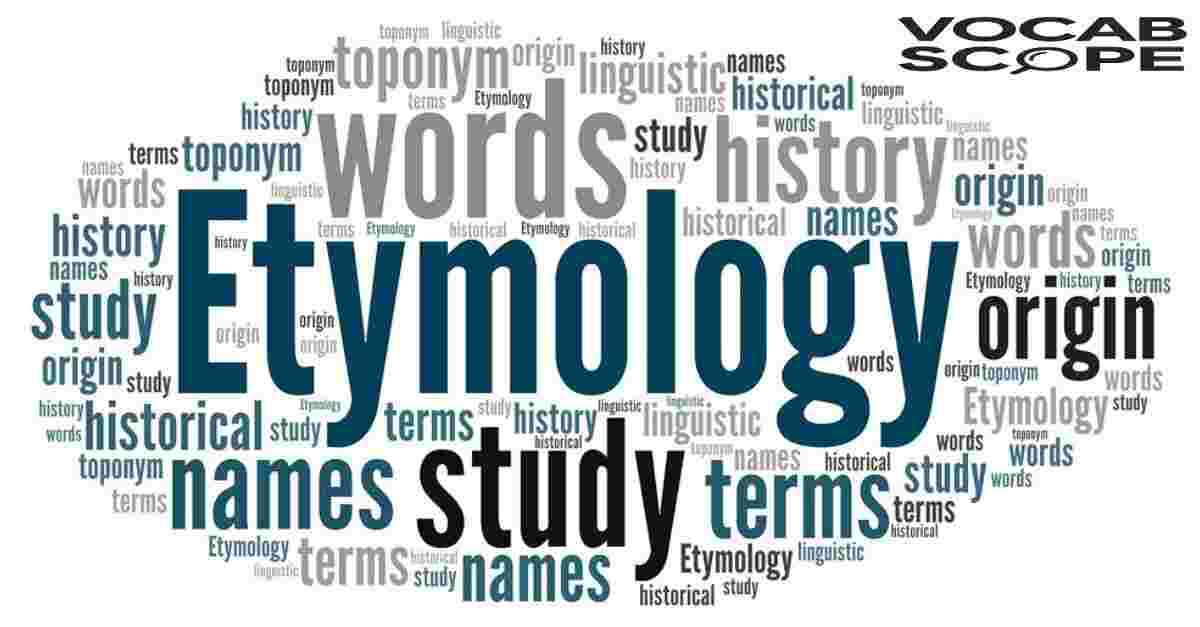
The word “meet” has a fascinating history that dates back to Old English. It comes from the Old English word “mētan,” which meant “to find, find out; fall in with, encounter; obtain.” This Old English term itself has roots in Proto-Germanic *mōtijaną, which meant “to meet.”
Over time, the meaning and usage of “meet” evolved:
- In Middle English (12th to 15th century), it was spelled “meten.”
- By the 14th century, it had taken on the meaning of “to come into the presence of.”
- The sense of “to assemble” first appeared in the late 14th century.
Understanding the etymology of “meet” helps us appreciate how language evolves and why some verbs, like this one, maintain their irregular forms.
Usage of “Meet” and “Met” in Everyday Conversations
Now that we’ve covered the basics, let’s explore how to use “meet” and “met” in various contexts. This will help you navigate different situations and tenses with confidence.
Using “Meet” in Present Tense:
- Scheduled encounters: “I meet with my study group every Tuesday.”
- Regular occurrences: “We meet for lunch once a month.”
- Introductions: “Nice to meet you, Mr. Johnson.”
- Fulfilling requirements: “This car meets all safety standards.”
Using “Met” in Past Tense:
- Past encounters: “I met my best friend in college.”
- Completed actions: “We met our sales targets last quarter.”
- Fulfilled conditions: “The project met all the client’s specifications.”
- Historical events: “The Allied leaders met in Yalta in 1945.”
Pro Tip: Remember, “met” is used for both singular and plural subjects in the past tense. For example:
- Singular: “She met her deadline.”
- Plural: “They met at the airport.”
Let’s look at some scenarios to illustrate the correct usage:
Scenario 1: First Day at a New Job
Present: “I’m excited to meet my new colleagues today.” Past (after the day ends): “I met so many interesting people on my first day!”
Scenario 2: Planning a Reunion
Present: “We meet every five years for our high school reunion.” Past: “At our last reunion, I met classmates I hadn’t seen in decades.”
Scenario 3: Business Negotiations
Present: “Our team meets with potential clients regularly.” Past: “Last week, we met with a promising startup and sealed the deal.”
By practicing these examples, you’ll become more comfortable using “meet” and “met” in various contexts.
Synonyms of “Meet” and “Met”
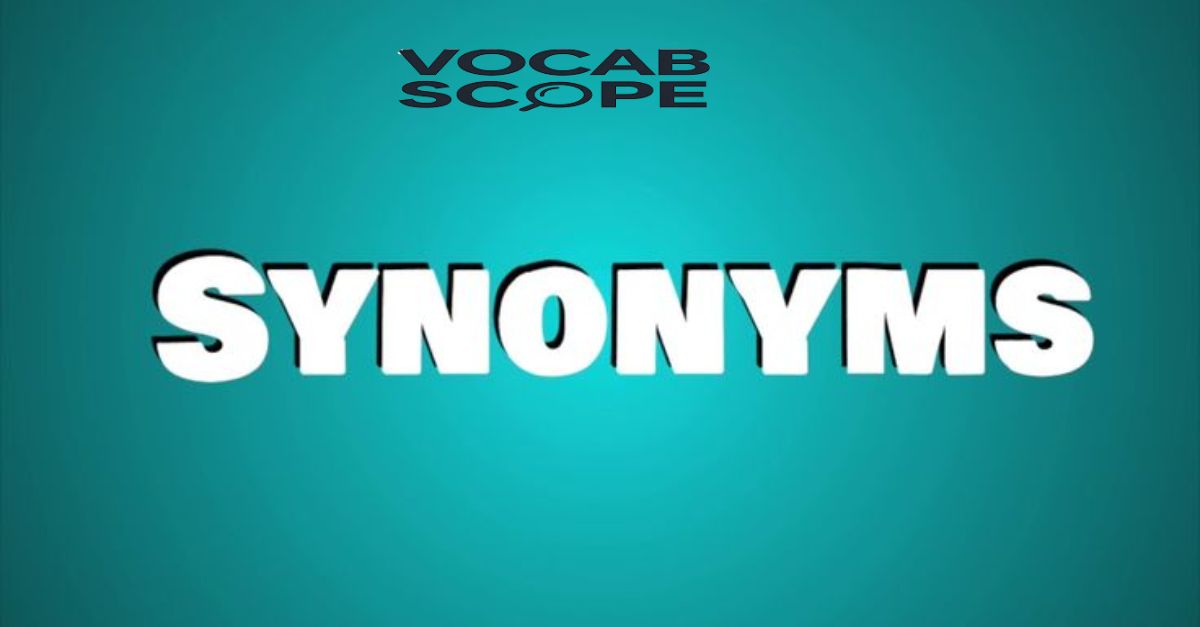
To enrich your vocabulary and provide alternatives, let’s explore some synonyms for both the present and past tense forms of “meet.”
Synonyms of “Meet” (Present Tense):
- Encounter
- Convene
- Assemble
- Rendezvous
- Gather
- Converge
- Congregate
- Connect with
- Come across
- Run into
Synonyms of “Met” (Past Tense):
- Encountered
- Convened
- Assembled
- Rendezvoused
- Gathered
- Converged
- Congregated
- Connected with
- Came across
- Ran into
Using these synonyms can add variety to your writing and speech. For example:
- Instead of “We meet every Friday,” you could say, “We convene every Friday.”
- Rather than “I met her at the party,” you might say, “I encountered her at the party.”
Remember, while these synonyms can be useful, they may carry slightly different connotations or be more appropriate in certain contexts. Always consider the tone and setting when choosing which word to use.
Conclusion
Understanding the past tense of meet, which is met, is essential for clear communication in English. Knowing when to use each form helps avoid confusion and makes your conversations more precise. By practicing both the affirmative and negative structures, you can express your thoughts accurately.
Recognizing the differences between meet and met can enhance your writing and speaking skills. With this knowledge, you can confidently navigate discussions about past encounters and future plans. Keep practicing, and you’ll become more comfortable using these verbs in everyday situations.

“Robert Henry is an experienced blogger with a passion for language and education. His insightful posts on Vocab Scope offer readers valuable tips on vocabulary and grammar. With a background in linguistics and a knack for clear, engaging writing, Robert is dedicated to helping others enhance their communication skills.”
